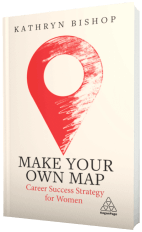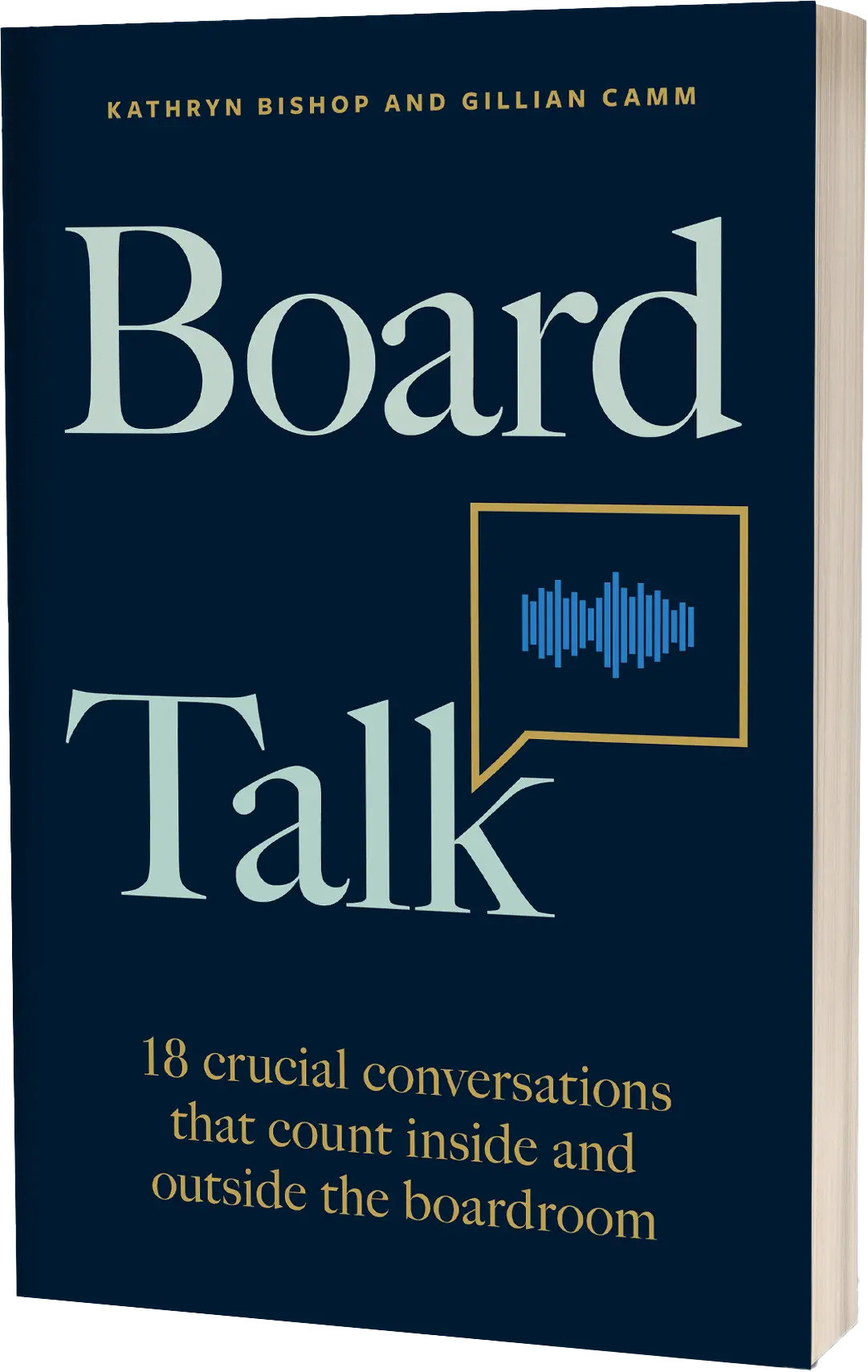Making a job change is sometimes easy: an irresistibly attractive opportunity arises at a convenient moment and the decision about what to do next does not feel like a decision at all. But the rest of the time, and for most of us, the desire to make a change has to translate into some activity to find, or even create the right opportunity. And since this is likely to involve considerable effort and some risk, it requires a little thought. That is one of the reasons why it is worth having some sense of strategy, of the direction you are headed. It will at least help you to narrow down the list of possible options to those that are realistic.
Strategy is all about options: opening up the range of possible options and helping to set the criteria for choosing ones which will be successful. Strategy is also about decisions, both the large, genuinely strategic decisions as well as the small daily decisions that you take as you implement your strategy. So the desire to make a career change needs to be followed by the investment of time and effort to open up the range of possibilities as well as defining the criteria by which you will narrow them down and make your decision.
There are many strategic models to help you think about options and almost as many ways of generating creative possibilities. One of the simplest strategy models, though is this one:

This strategy model is built on two important dimensions of a business: what is sold (whether products or services) and where it is sold (markets, whether defined by sector or geography). It also adds the dimension of time: focusing on what is currently sold and where, as well as what might in the future be sold and where.
Applying this model to you yourself as an individual works the same way, although the products or services which you currently offer (and for which you get paid) might simply be skills and experience. So, for example, if you are a teacher, you could describe yourself as “selling” your teaching expertise into the school “market”. Equally if you are a doctor, you are selling your medical skill and knowledge into a hospital or a GP’s practice.
So making a change in your working life might involve “selling” some new skill or expertise into your existing market, or it might involve taking your existing abilities and finding a new market for them. The proposition is that one way of making a change is to move into one of the adjacent boxes on the model, shifting either the market that you sell into, or offering some new product/service expertise. Moving into a new market with existing expertise requires some research about the new sector or geography as well as some reputation building. Selling some new expertise into your existing market requires you either to develop that new expertise or to extend your reputation to demonstrate that you can be as successful in this new kind of work as you have been to date.
The hardest move of all to make is to shift BOTH what you sell and where you sell it. The model forces us to confront the idea of risk here in making two simultaneous transitions – there has to be a good reason for taking a high-risk approach. Sometimes there is no other option in life: for instance, it may be that your family are moving overseas, to a country in which the service you have been selling is not wanted. In those cases, you have to take the risk and devise a strategy that minimizes the risk.
But in other cases, there is a strong case to be made for changing only one thing at a time. So you might for example, move into a new market with your existing skills and expertise. This might mean taking a job as a teacher not in a school but in the training function of a business, for example. Or you might use your understanding of the existing sector in which you work to get a different kind of job in that sector, moving from teaching into management, or into school inspection for example. Making two moves at once – for instance, moving from teaching in a school to a management role in a corporate organisation – might be much harder to achieve, and be a riskier move. In my work in recruitment, I have often seen candidates who want to make a change applying for jobs which they have never done before in a sector in which they have never worked; in these circumstances, the employer has to be willing to take a risk as well as the employee. If there is a candidate who already has relevant experience, the employer may understandably choose to take the lower risk option.
Stepping from being an employee to being self-employed while working in the same sector and using the same skills seems an option with a tolerable level of risk, but becoming self-employed in order to do a completely different kind of role in a different market looks like an option which would produce a certain amount of stress. The model helpfully surfaces the risk dimension, but for individuals there is also the time dimension to be considered. It may take longer to find a different kind of job in a completely different sector. And if you are choosing to become self-employed, it will be quicker to get started using either your existing knowledge and skills in your current market – which means that you will be self-employed and solvent sooner.



